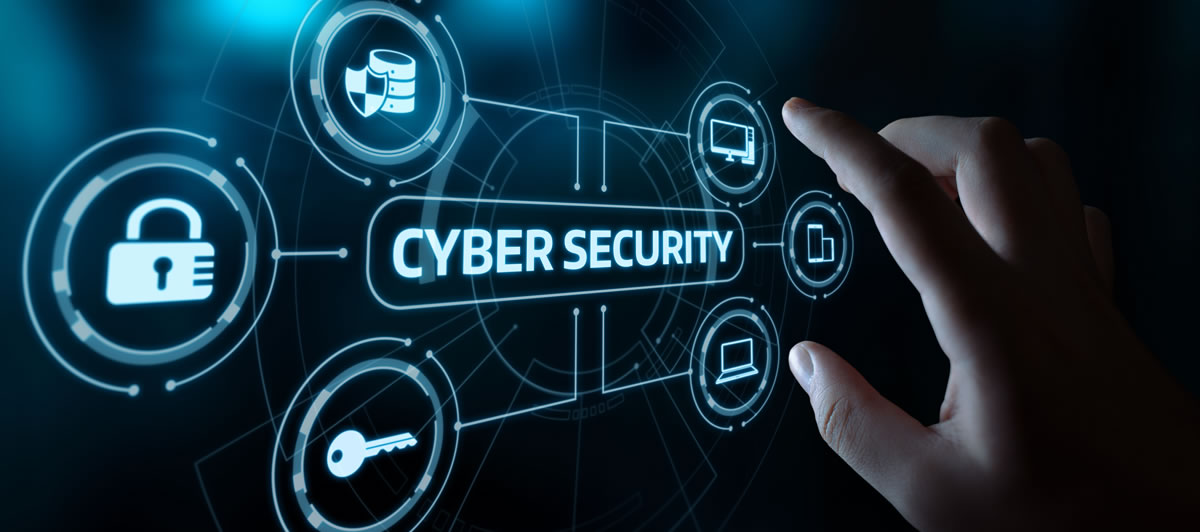When you’re getting serious about cybersecurity, one of the first tools you’ll hear about is the vulnerability scanner. These scanners are like health checkups for your systems, helping you find weak spots before attackers do. The problem is, there are so many out there—how do you know which ones are worth your time?
Let’s look at three of the most popular scanners—Nessus, OpenVAS, and a couple of others—so you can get a sense of what each brings to the table. Whether you’re studying for a CompTIA certification or building skills for the job, knowing the differences will definitely give you an edge.
Nessus: The Industry Favorite
If vulnerability scanners had a popularity contest, Nessus would probably win. Developed by Tenable, Nessus has been around for years and is trusted by enterprises everywhere.
What makes Nessus so well-liked?
-
Ease of use: It has a clean interface that makes scanning straightforward, even for beginners.
-
Extensive plugin library: Nessus updates its database constantly, which means it can detect a massive range of vulnerabilities.
-
Accuracy: It’s known for producing fewer false positives compared to some other scanners.
The downside is that Nessus isn’t free—there’s a paid subscription after the initial trial. But if you’re in a professional environment, that investment often pays off in reliability and support.
OpenVAS: The Open-Source Challenger
On the other side of the spectrum, you’ve got OpenVAS (short for Open Vulnerability Assessment Scanner). It’s open-source and completely free, which makes it a favorite for students, small businesses, and anyone experimenting in a lab.
Strengths of OpenVAS include:
-
Cost: Free to use and community-supported.
-
Flexibility: Since it’s open-source, you can customize it heavily if you’ve got the skills.
-
Solid detection: It covers a wide range of vulnerabilities, though it may lag slightly behind commercial scanners in updates.
The trade-off? OpenVAS can be more complex to set up and manage compared to Nessus. If you’re willing to put in the time, though, it’s a powerful tool that doesn’t cost a dime.
Beyond Nessus and OpenVAS: Other Options
While Nessus and OpenVAS are the big names, there are other scanners worth knowing:
-
Qualys: A cloud-based scanner widely used by large organizations. It scales beautifully but can be pricey.
-
Rapid7 InsightVM: Known for strong reporting and integration with broader vulnerability management workflows.
-
Microsoft Defender Vulnerability Management: Integrated into Windows environments, making it convenient for enterprises already invested in Microsoft ecosystems.
Each of these has its strengths, so the right choice depends on your environment, budget, and how much hands-on control you want.
How Scanners Fit into CompTIA Certifications
If you’re studying for CompTIA Security+, CySA+, or Pentest+, vulnerability scanners are a key topic.
-
Security+ introduces vulnerability management basics, where scanners like Nessus or OpenVAS are prime examples.
-
CySA+ expects you to analyze scan results, prioritize findings, and recommend remediation steps.
-
Pentest+ makes scanners part of the toolkit, especially for reconnaissance and assessment phases of a penetration test.
So, don’t just memorize the names of these tools for your exam. Spend time actually running scans in a lab—scan your own test systems, interpret the results, and see what remediation steps you’d recommend. That practical experience is what makes the concepts stick.
Final Thoughts
Vulnerability scanners are essential for keeping systems secure, but they’re not all created equal. Nessus stands out for its ease and accuracy, OpenVAS wins for cost and flexibility, and enterprise tools like Qualys and Rapid7 shine in large-scale environments.
No matter which one you choose to learn, the important part is understanding how these scanners work, what their reports mean, and how to turn those findings into action. And if you’re on the CompTIA certification path, that knowledge will not only help you on test day but also prepare you for the challenges of real-world cybersecurity.




